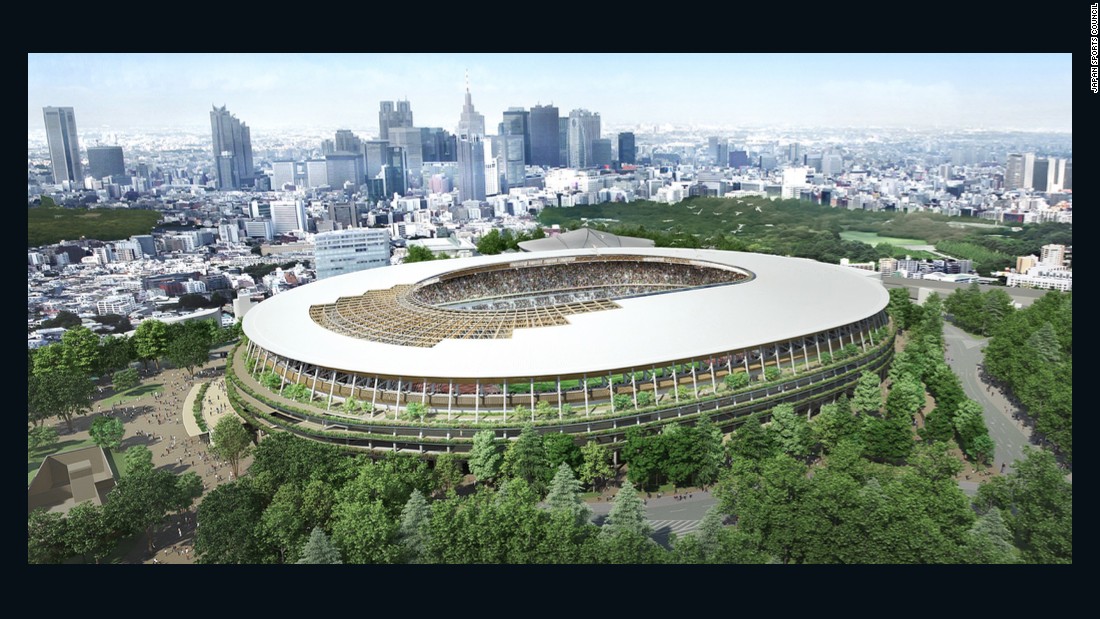

The Bird’s Nest’s capacity, structural characteristics, and prime location have all helped it survive well beyond the event that birthed it. The stadium’s 80,000 seats-down from 91,000 after the removal of those temporarily installed for the 2008 Olympics-have made it one of China’s most popular attractions. Because the materials are phono-absorbent, the audience can hear sounds from all over the playing field at every point in the stands. Giving spectators the best possible auditory experience was key in determining the materials and shape. The membrane also helps enhance stadium illumination, significantly reducing light reflections and shadows and creating an atmosphere suited to entertainment. The entire Beijing’s stadium structure was then covered with a waterproof polymer membrane, allowing sunlight to pass through to the inner turf.

By the time work was complete, the outer shell encompassed 36 kilometres ( 22 miles) of interwoven steel struts, creating the unmistakable shape of a bird’s nest. Totaling 41,875 tons, the steel used was said to be the purest ever produced in China. From the outset, steel-a dramatic amount of it-served as the base material. Swiss firm Herzog & de Meuron ran the project, assisted by Chinese architect Li Xinggang. If the Chinese authorities’ plan is carried out successfully, the “Bird’s Nest” will conquer a new record as the world’s only stadium to host the opening ceremonies of both the summer and winter games.īehind this stadium’s futuristic design and complex structure was a twofold mission: it needed to be earthquake-proof, yet appear visually “light”. Now it is gearing up to play that role a second time at the Winter Olympics in 2022, when the Bird’s Nest will host the opening and closing ceremonies of the Games. The national stadium was designed as a symbol of Chinese greatness for the 2008 Olympics. The stadium is located along Beijing’s North-South axis, which divides the city in two it also includes the Forbidden City, Tiananmen Square, the Temple of Heaven and the wider Olympic Green, which is about 5 miles from the center. But those are just the most obvious parts of the infrastructure, which hosts events in entertainment, sport, and culture, and was designed specifically to fit seamlessly into the Beijing landscape. It’s the largest steel structure ever built and one of the most complex stadiums ever completed, engineering-wise. Known around the world as the “ Bird’s Nest”, the stadium is a feat of engineering with a record-setting status that speaks for itself. Anyone who attended the inauguration of Beijing’s National Stadium at the 2008 Olympic Games can recall its imposing structure, never-before-seen shape, and modern amenities.


 0 kommentar(er)
0 kommentar(er)
